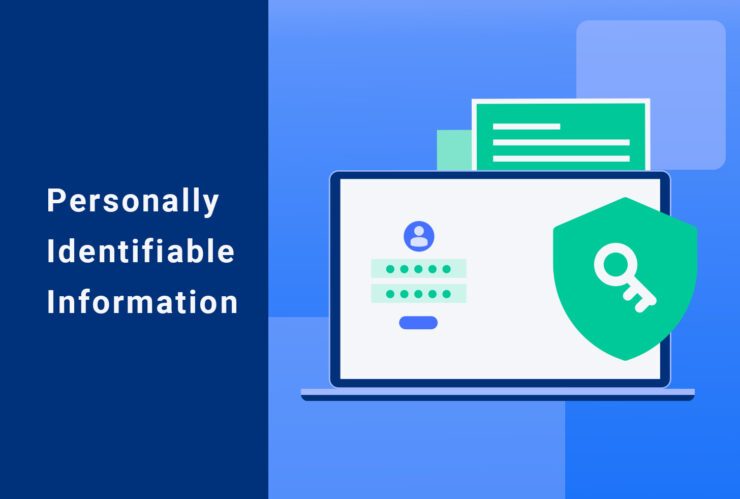What is PII?
“PII”, or Personally Identifiable Information is information that can be utilized to identify a specific person. It is information that can be used to identify you or can be linked directly to you.
What are some examples of PII?
Examples of PII include, but are not limited to:
- Social Security Number
- Personal Phone Number
- Personal Address
- Account Numbers (such as a Bank)
- Usernames and Email Addresses
- Identification Numbers (such as a Driver’s License ID)
- Biometric Information (such as fingerprint or retina information)
These are characteristics that have a direct connection to you.
What may not be PII, but should still be protected?
Information that is below may be useful to identify someone, but these are characteristics or information that several people may share or have in common.
- Date of Birth
- Business Address
- Business Phone Number
- Generic Physical Features (such as eye color and hair color)
- Race or Ethnicity
How can I protect my information?
The following precautions should be used when sending information that can be used to identify you:
- You should verify who is requesting this information, and why they require it.
- You should refrain from giving information that may seem irrelevant to the interaction. As an example, you shouldn’t need to give your personal social security number in order to complete a business transaction.
- You should always feel like you have the ability to say “no” when asked for this information.
For more information about PII, please go to the “Additional Resources” section below.
Additional Resources

